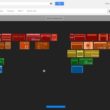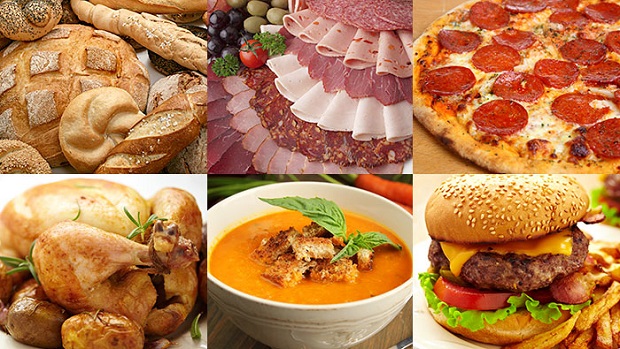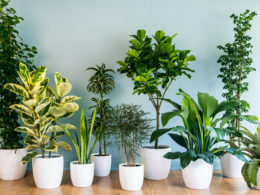You may have been told by your doctor to lessen the salt (sodium chloride) in your diet. When it comes to bodily functions, you need a certain balance of sodium and water inside you at all times for your systems to work properly. Too much water or too much salt in your body can upset this balance and can result to nasty things. And when you’re healthy, your kidneys are the ones that help your body get rid of excess sodium to help regain balance.
So, what’s so bad about sodium?
Sodium attracts water molecules, ergo; excess amounts of sodium will cause your body to retain water in your system. Too much water will then put extra pressure and workload to your heart and blood vessels. In some people, this occurrence may lead to hypertension or a rise in blood pressure. So having lesser amounts of sodium in your diet can help deter the occurrence of such. People with cases of hypertension are more susceptible to having heart diseases and more prone to having a stroke.
How Much Sodium Do You Need?
A lot of people consume too much salt without them really noticing it. A teaspoon of salt contains roughly 2300 mg of sodium and your body needs only about 200 mg of sodium on a daily basis.
It’s worthy to note that an average American consumes about 3000-3600mg of sodium a day. Therefore, almost all Americans are encouraged to lessen the amount of sodium in their diets to 1500 mg or less per day.
What are your sources of sodium?
You get most of the sodium in your diet from how your food is being prepared. Check your food labels so you can tell how much sodium you’ll get from various food products. Below is a list of sodium compounds to watch out for:
Salt (NaCl or sodium chloride)
Baking Soda
Monosodium Glutamate (MSG)
Baking Powder
Disodium Phosphate
Other compounds that has “Na” or “sodium” in its name.
What Types of Food Should You Limit?
One of the best ways to limit sodium intake is to stay clear of pre-packaged and processed food products. Here are a few suggestions of what you should avoid:
Salted snacks
Frozen pre-breaded, pre-smoked, or pre-fried fish
Canned foods that are high in salt
Seasoned salts, MSG and meat tenderizers
Corned beef, ham, bacon, hotdogs, luncheon meats and sausages
Will your food taste bland with less salt involved?
It’s not going to be the end of the world if you chose to limit your salt intake. The good news is you don’t really have to compromise flavour when creating a less-sodium riddled plate of food. Here are some simple tips to help you shake off that salt habit.
1. Instead of salt, add citrus to your meal for that extra punch of flavour. Exchanging orange or lemon flavour for a dash of table salt can instantly brighten your meal without the worry of contracting any heart disease.
2. Use spices in place of salt. Make good with the use of red chilli flakes, cinnamon, cloves, black pepper, oregano, chilli powder and more. These ingredients can add flavour to your meal and shower you with a lot of health benefits on the side too!
3. Add fresh herbs such as thyme, rosemary, basil, and chives. These herbs are almost calorie-free but are flavourful enough for you to skip on the salt.
4. When creating a marinade for your chicken, fish, or meats, use lemon zest instead of salt. Studies have shown that use of lemon zest for your meals allow you to lessen your sodium intake by as much as 50%.
5. Ditch the salt shaker and instead make your own selection of seasonings and other spices. You may also try one of those no-salt blends that can be bought in supermarkets.
Employ these simple tips every time you are dining and slowly notice the decline of your sodium intake without feeling the least bit deprived. Do yourself a favour and start lowering your sodium consumption and start leading a healthier life.








